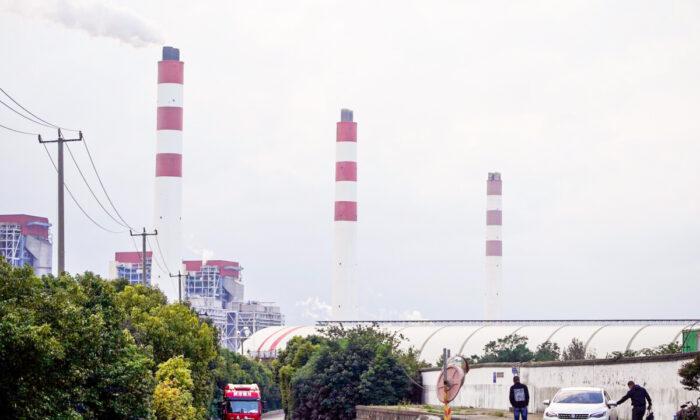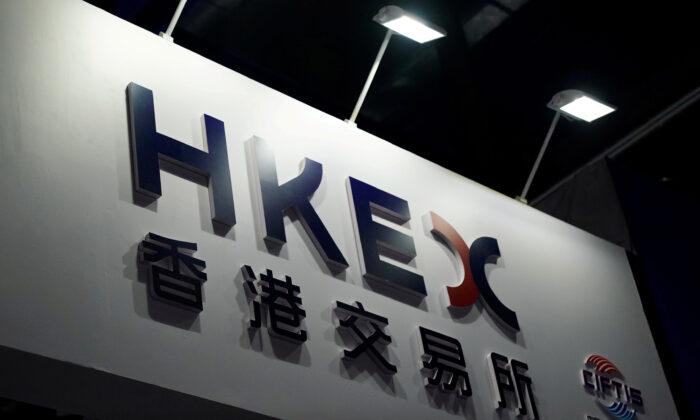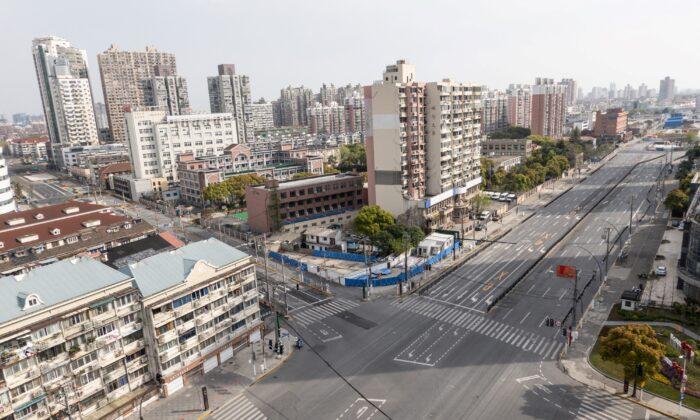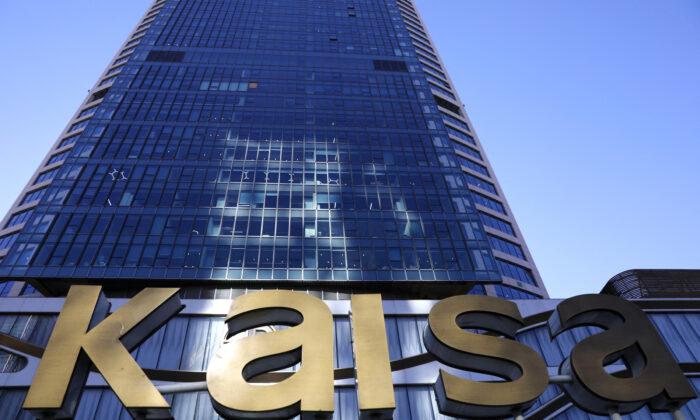China’s factory gate prices rose at the fastest pace in 26 years in October, but producers have had no way to cover their costs with consumer demand remaining weak.
Factory gate prices refer to the cost at which wholesalers purchase materials from producers, not considering transport and distribution fees.
The producer price index (PPI) has soared 13.5 percent since October 2020, outpacing September’s 10.7 percent increase, according to a Nov. 10 statement from China’s National Bureau of Statistics (NBS).
It has been the most significant increase since 1995, and faster than the 12.4 percent forecast by analysts polled by Reuters.
China’s consumer price index (CPI) has increased by 1.5 percent since October last year, up from September’s 0.7 percent increase, according to NBS data. Again, it surpassed the 1.4 percent increase predicted by the Reuters poll.
The rate discrepancy between the country’s PPI and CPI widened to 12 percentage points for October—the widest gap in three decades, up from 10 points in September.
Such a dramatic disparity in two major inflation indicators—with producer prices heating up and consumer prices cooling—suggests significant underlying stress in the economy, said David Qu, China economist at Bloomberg Economics, in a report.
Dong Lijuan, a senior statistician at NBS, said the October’s PPI increase was caused by the “short supply of critical domestic energy and raw materials.”
Production material prices grew 17.9 percent in October from a year earlier, Dong added, while prices in the coal mining and washing industries increased 103.7 percent.
Regarding China’s PPI in October, fuel and power prices increased by 40.7 percent, non-ferrous metal materials and wires prices increased by 25.8 percent, and chemical raw materials prices increased by 24.9 percent.
As for the CPI, consumer demand has remained relatively weak, and the inflation pass-through from producers to consumers has been generally depressed.
Food, tobacco, and alcohol prices fell by 0.9 percent year on year; transportation and communication prices rose by 7 percent; daily necessities prices rose by 0.9 percent; medical care prices rose by 0.6 percent, and clothing prices rose by 0.5 percent.
“The risk of stagflation continues to rise,” Zhiwei Zhang, chief economist at Pinpoint Asset Management, said in a note.
He warned that consumer prices are likely to rise faster in the coming months as businesses face depleted inventories, and are compelled to pass on higher costs to customers.
Several Chinese food giants have recently announced retail price rises, as growing production costs erode profit margins. Companies like vinegar production giant Jiangsu Hengshun, Foshan Haitian Flavoring And Food, and frozen food firm Fujian Anjoy Foods are among those who have already increased their prices.
Other signs have also indicated that China’s economy is losing momentum, with fourth-quarter growth widely predicted to decline further from a one-year low of 4.9 percent in the third quarter.
Last month, analysts at Barclays cut their fourth-quarter GDP forecast for China by 1.2 percentage points to 3.5 percent.
China’s Premier Li Keqiang warned of an economic downturn in early November, as new locally transmitted COVID-19 cases surged to near three-month highs, which saw Chinese authorities introduce new restrictions, including quarantine orders based on mobile photo location data.
Reuters contributed to this report.





Friends Read Free